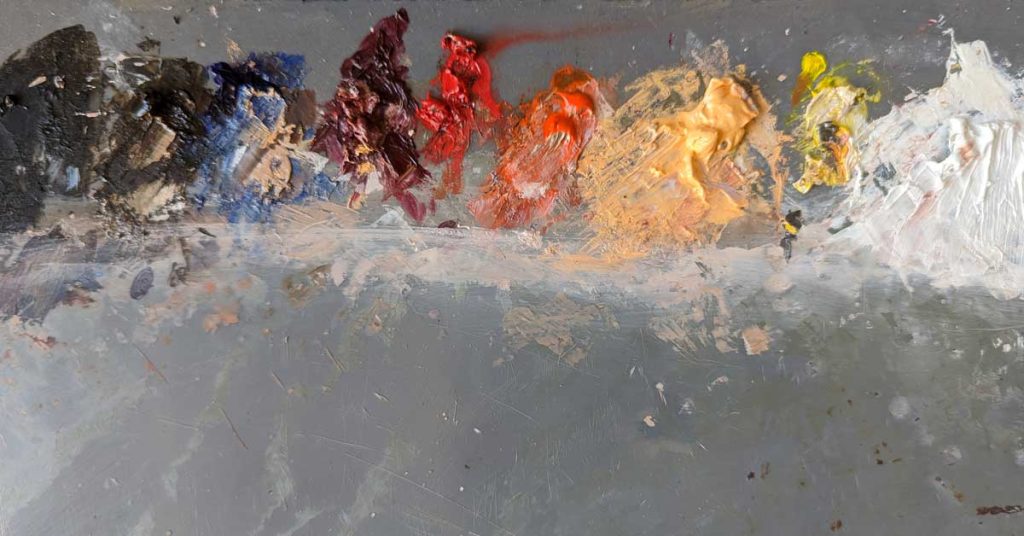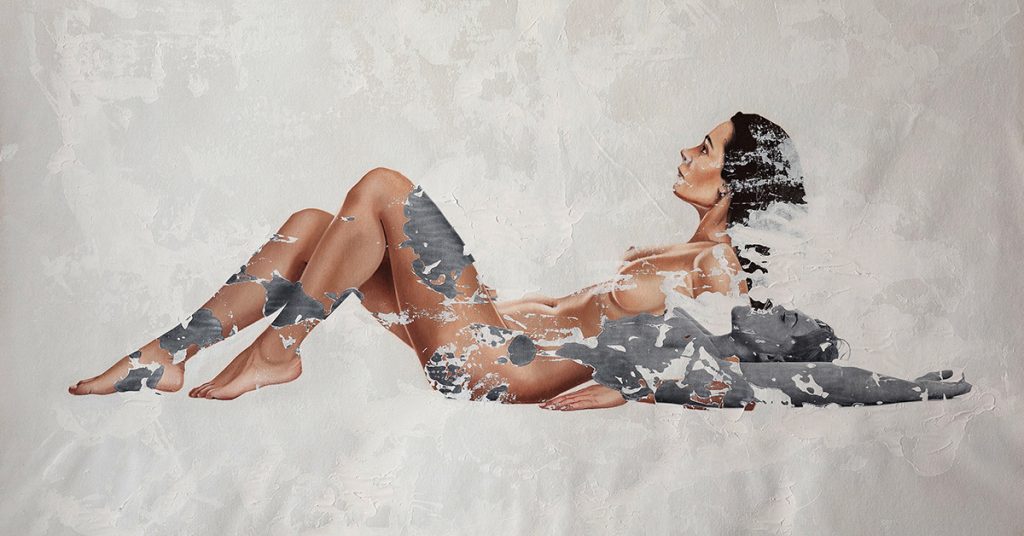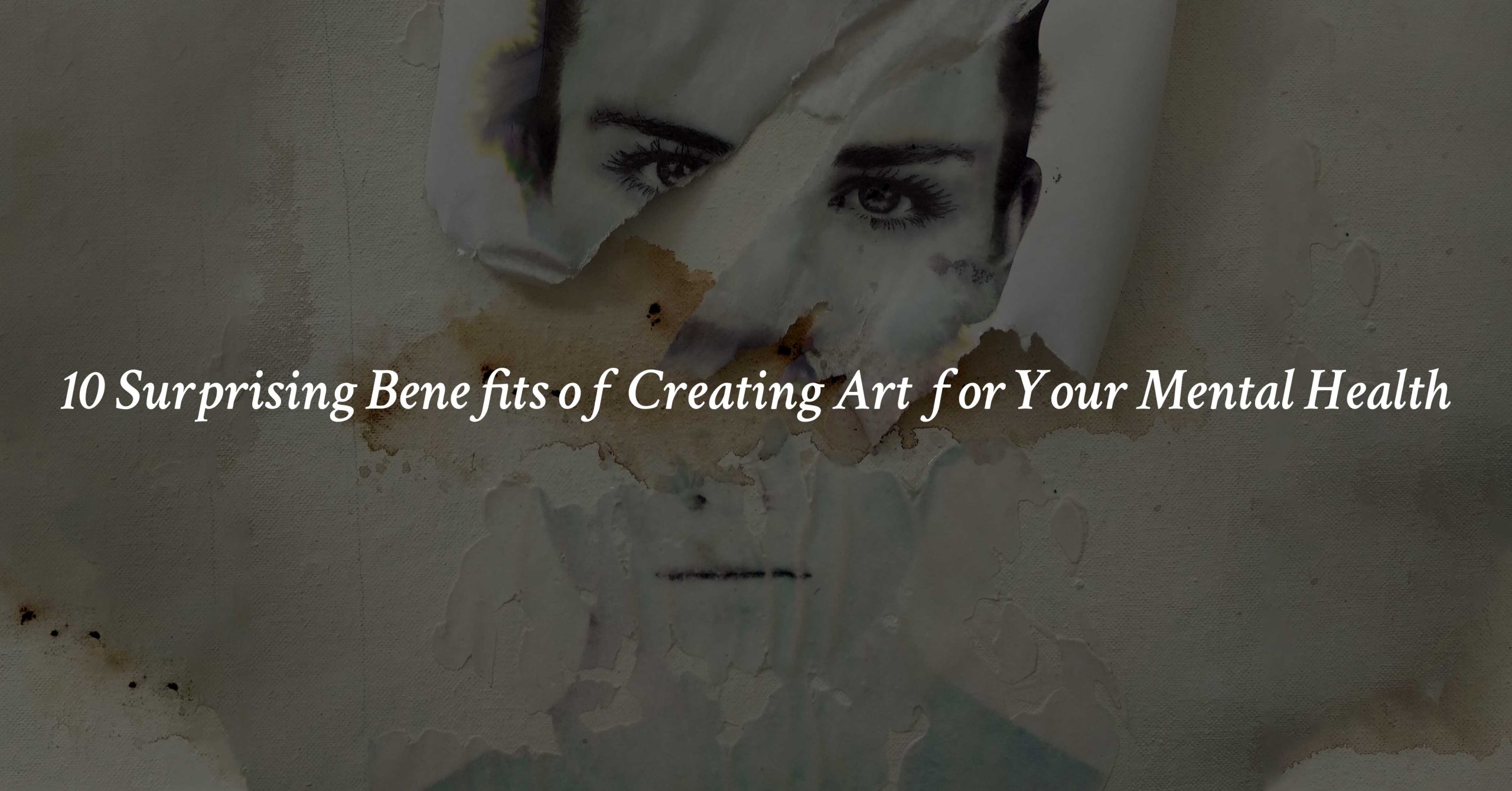
- Introduction
- 1. Benefits of Creating Art for Reducing Stress and Anxiety
- 2. Boosting Self-Esteem with the Benefits of Creating Art
- 3. Enhancing Emotional Resilience
- 4. Improving Cognitive Function
- 5. Encouraging Mindfulness
- 6. Providing a Sense of Purpose
- 7. Fostering Creativity
- 8. Improving Communication Skills
- 9. Building Social Connections
- 10. Cultivating Joy and Happiness
- Conclusion: Harnessing the Benefits of Creating Art for Mental Health
- FAQs
Introduction
Art has been around since the beginning of time, and it has been used in various ways to express emotions, tell stories, and communicate ideas. In recent years, creating art has also been recognized as a beneficial activity for mental health. Engaging in art can be a powerful tool for self-expression and can have a positive impact on your overall well-being. Here are ten surprising benefits of creating art for your mental health:
1. Benefits of Creating Art for Reducing Stress and Anxiety
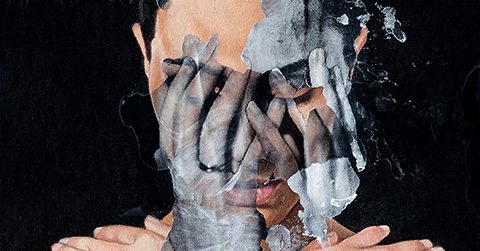

The Therapeutic Canvas
Art as a Stress Reliever
Engaging in art, known for its myriad benefits of creating art, serves as a potent tool for reducing stress and anxiety levels. Creating provides an outlet for emotions, allowing individuals to channel stress into artistic expression.
The Zen of Art
The creative process in art enables individuals to let go of worries. Focusing on colors, shapes, and textures promotes a meditative state, inducing relaxation and redirecting the mind from stressors.
Art in the Present
Creating art not only serves as a therapeutic outlet but also promotes mindfulness, grounding individuals in the present moment. This shift in focus away from future anxieties fosters a sense of calm and encourages a more balanced perspective.
2. Boosting Self-Esteem with the Benefits of Creating Art
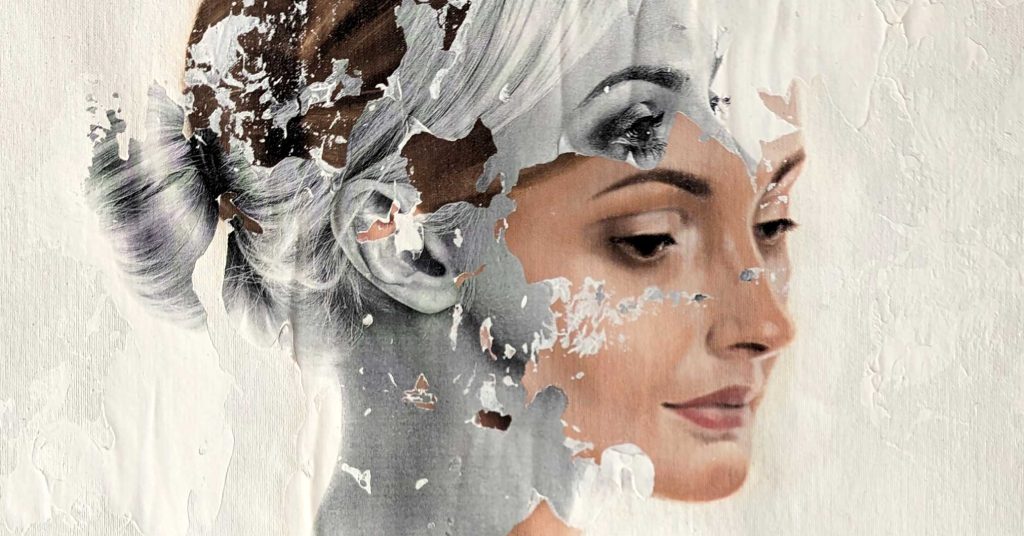

Artistic Self-Expression
A Personal Triumph
Engaging in the transformative benefits of creating art contributes to an elevation in self-esteem. The process of transforming abstract thoughts and complex emotions into tangible forms provides a sense of accomplishment, fostering a positive self-perception.
Confidence Brushstrokes
The act of creating something unique and meaningful reinforces one’s creative abilities. Witnessing the finished product serves as tangible evidence of competence, further boosting confidence and self-worth.
Expressive Liberation
Art offers a platform for uninhibited self-expression, underscoring the broader benefits of creating art. The freedom to communicate without words fosters a sense of authenticity, empowering individuals to embrace and celebrate their uniqueness.
3. Enhancing Emotional Resilience
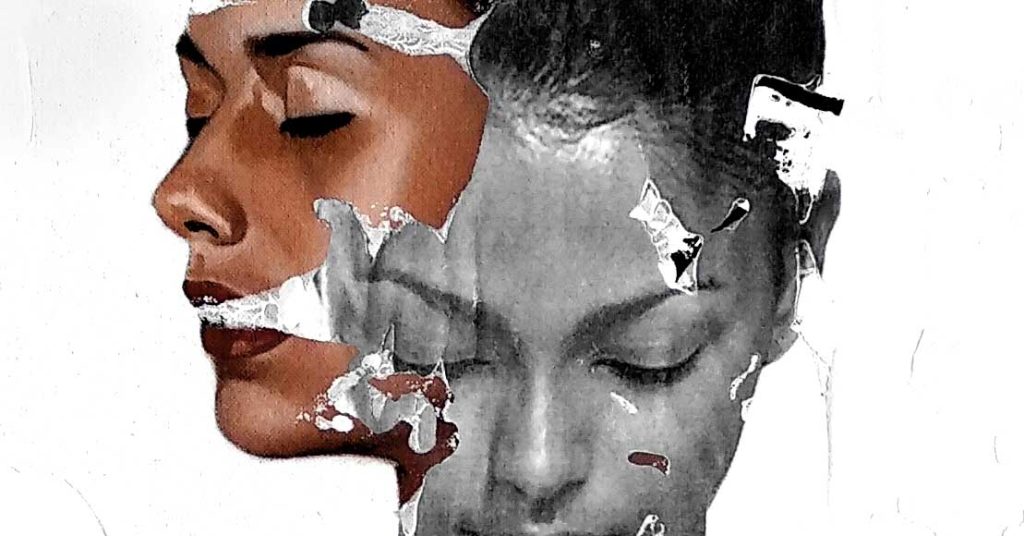

Emotions Unleashed on Canvas
Cathartic Expression
The profound benefits of creating art come to light in enhancing emotional resilience. Art-making provides a safe outlet for expressing difficult emotions, turning the canvas into a non-judgmental space where individuals can release pent-up feelings, promoting emotional release and relief.
Understanding Through Art
Engaging in the artistic process helps individuals better understand their emotions. Through color, form, and symbolism, art provides a visual language that aids in processing and making sense of complex feelings.
Coping Creatively
Art facilitates the development of healthy coping mechanisms. Instead of suppressing emotions, individuals can learn to channel them into creative endeavors, fostering emotional strength and adaptability.
4. Improving Cognitive Function
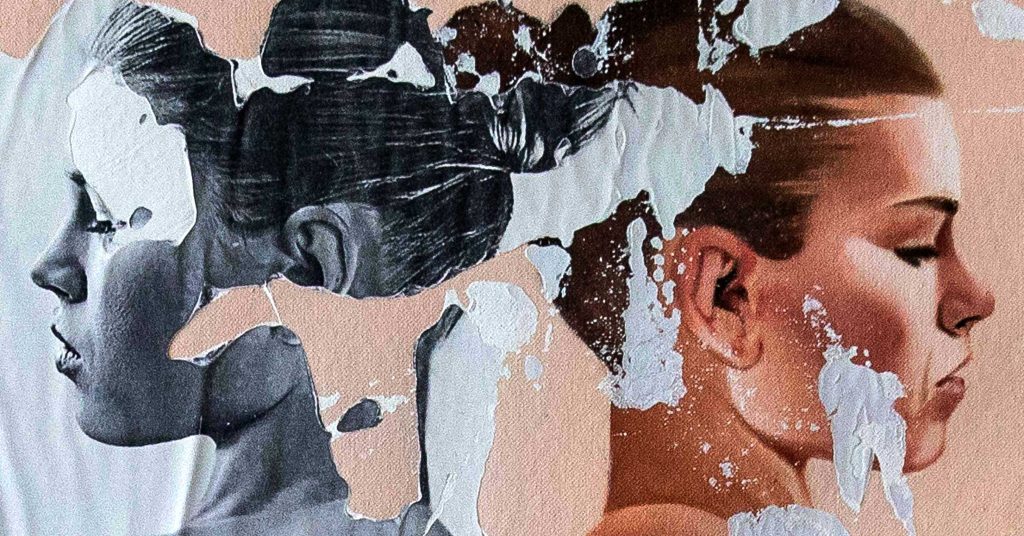

The Art of Brain Stimulation
Problem-Solving Palette
Participating in art-making activities improves cognitive function by engaging problem-solving skills. The need to make creative decisions and solve artistic challenges enhances analytical thinking and strategic planning.
Spatial Awareness through Art
Art-making involves the manipulation of space, whether on a canvas or in a three-dimensional form. This spatial engagement stimulates the brain, improving spatial awareness and coordination.
Fine Motor Artistry
The intricate movements required in art-making activities contribute to the refinement of fine motor skills. From brushstrokes to sculpting, these actions enhance coordination and dexterity.
5. Encouraging Mindfulness
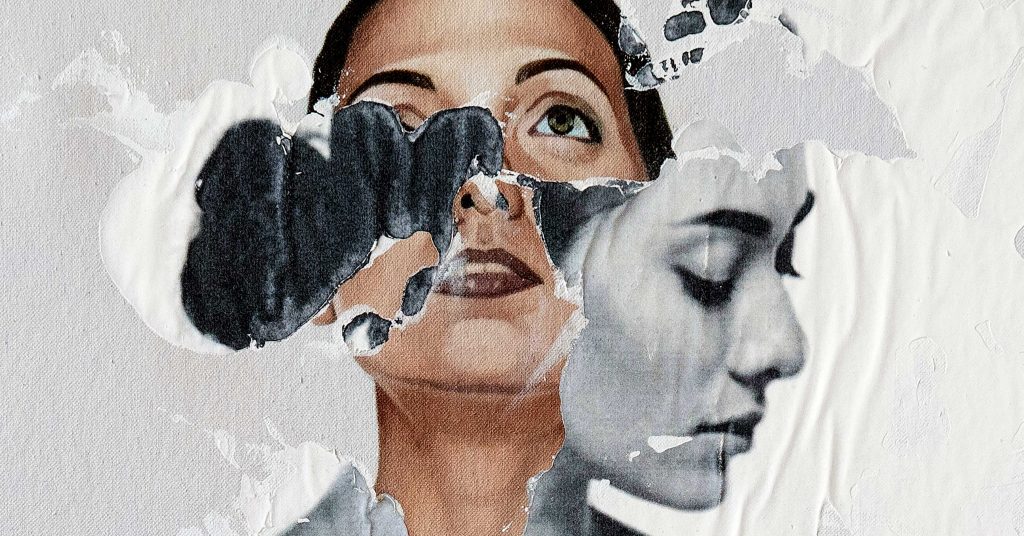

Artful Presence
Immersive Creation
Art-making encourages mindfulness by immersing individuals in the act of creation. Focusing on the details of the artistic process, from brushstrokes to the choice of colors, promotes a heightened awareness of the present.
Distraction Reduction
The immersive nature of art serves as a powerful tool to reduce mental distractions. Concentrating on the creative endeavor allows individuals to temporarily detach from external pressures, promoting mental clarity.
Art as Meditation
Creating art becomes a form of meditation, providing a dedicated space for mindfulness. The rhythmic and repetitive nature of certain artistic tasks further deepens this meditative state, calming the mind and reducing stress.
6. Providing a Sense of Purpose
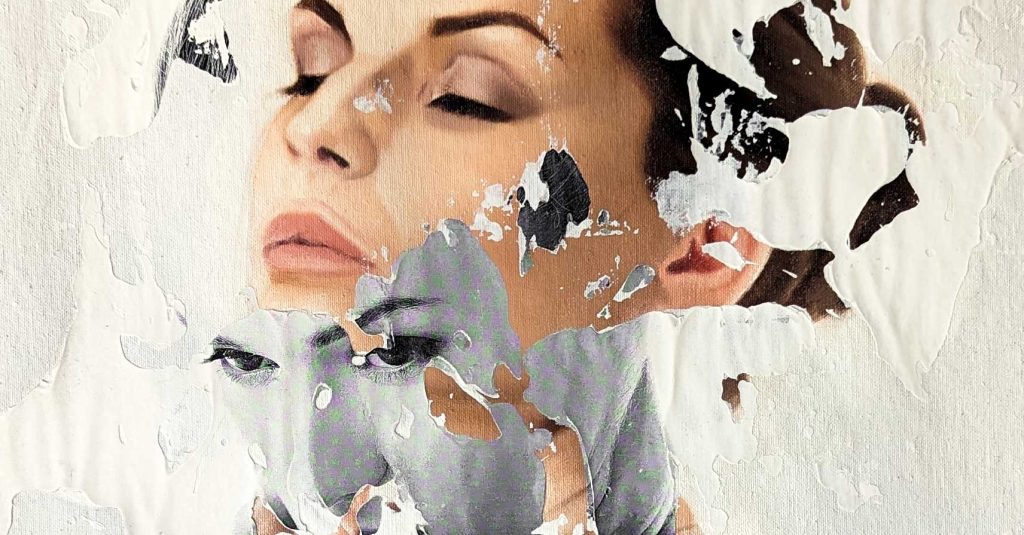

Artistic Fulfillment
Creating a Personal Masterpiece
The creation of art imparts a sense of purpose by allowing individuals to produce something deeply meaningful. Whether it’s a painting, sculpture, or other artistic endeavor, the act of creating becomes a personal masterpiece that contributes to a sense of fulfillment.
Art as a Life Compass
Engaging in the artistic process provides a direction in life. The commitment to creating and evolving in one’s artistic pursuits becomes a guiding force, helping individuals navigate their journey with purpose and intention.
Meaningful Artistic Goals
Setting goals within the realm of art-making adds structure to life. Whether it’s mastering a new technique or completing a series of artworks, these goals offer a sense of direction and accomplishment, fostering an ongoing sense of purpose.
7. Fostering Creativity
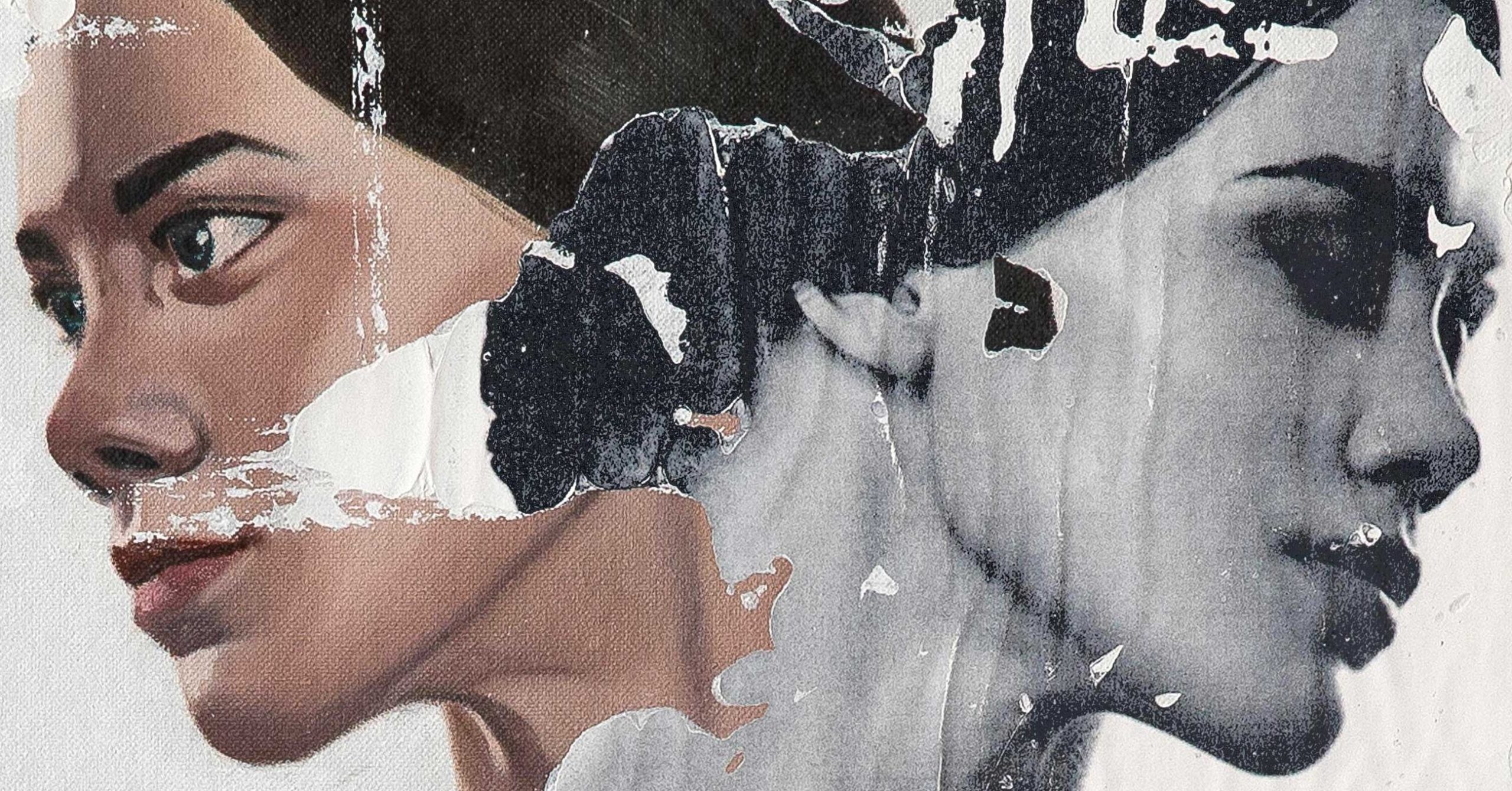

The Creative Catalyst
Inspiration from Imagination
Engagement in art-making fosters creativity by serving as a catalyst for innovative thinking. The imaginative process of creating art encourages individuals to draw inspiration from their inner worlds, fostering unique and original ideas.
Artistic Innovation Spillover
The creative process in art has a spillover effect, inspiring creativity in other aspects of life. The innovative thinking cultivated during art-making can be applied to problem-solving in various domains, unlocking one’s full creative potential.
Exploring Unconventional Ideas
Art encourages individuals to think outside the box and explore unconventional ideas. The freedom to experiment with different mediums, styles, and concepts fosters a mindset that values innovation and embraces creative exploration.
8. Improving Communication Skills
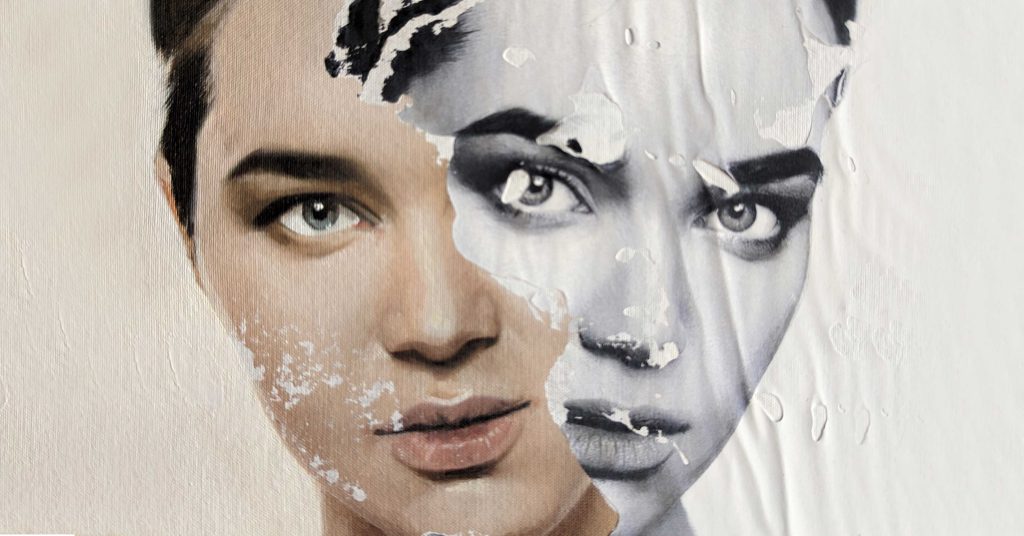

Artistic Expression
Visual Language of Art
Art serves as a unique and meaningful way to improve communication skills. The visual language of art allows individuals to communicate complex emotions, experiences, and perspectives that may be challenging to express verbally.
Art as Personal Expression
For those who struggle with verbal communication, art becomes a powerful tool for personal expression. Creating visual representations of thoughts and feelings enables individuals to convey messages in a way that feels authentic and comfortable.
Shared Narratives through Art
Sharing art with others becomes a form of storytelling. Explaining the inspiration, process, and meaning behind an artwork fosters a deeper connection and understanding between individuals, improving communication on a profound level.
9. Building Social Connections
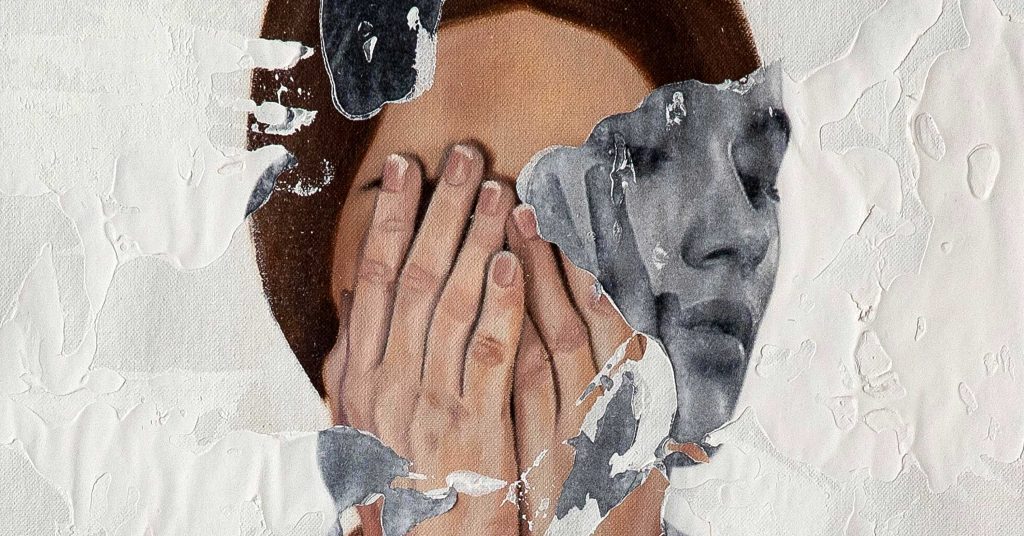

Artistic Bonding
Art as a Social Catalyst
Creating art facilitates social connections by providing a common ground for individuals with shared interests. Artistic pursuits become a catalyst for social interactions, creating opportunities for like-minded individuals to connect and bond.
Community Art Projects
Engaging in collaborative art projects fosters a sense of community. Whether it’s a mural, workshop, or group exhibition, the shared experience of creating art strengthens relationships, building a network of support and connection.
Artistic Events and Gatherings
Participating in art-related events and gatherings brings people together. Whether it’s an art class, gallery opening, or art festival, these occasions provide a platform for individuals to meet, share their creations, and build lasting social connections.
10. Cultivating Joy and Happiness
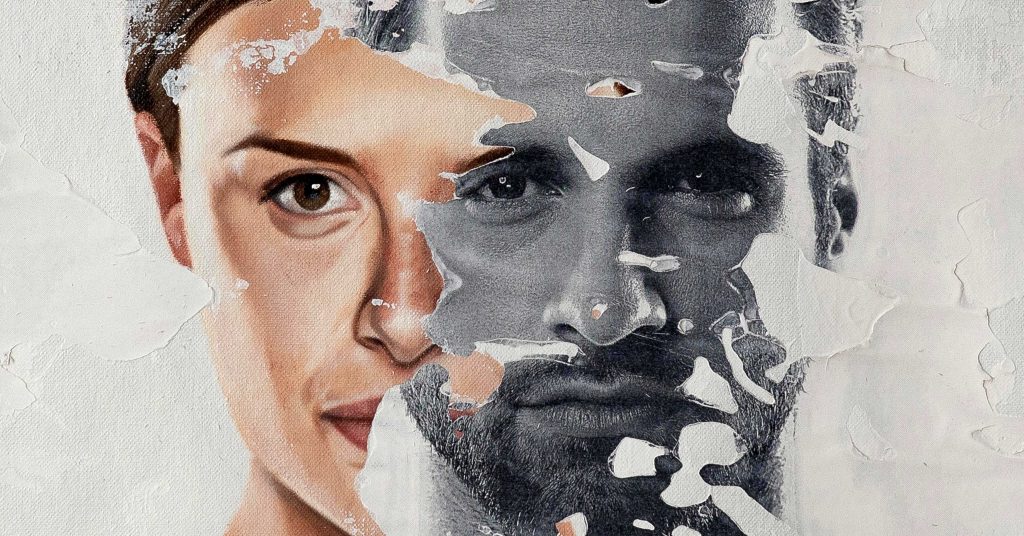

The Artful Path to Happiness
Joy in the Creative Process
Ultimately, creating art cultivates joy and happiness. The process itself, from the initial spark of inspiration to the final touches, becomes a source of intrinsic satisfaction and happiness.
Experiencing the Triumph of Artistic Accomplishment
Observing the completed work evokes a deep sense of satisfaction. Recognizing that one has crafted something both meaningful and visually appealing fosters a enduring sense of joy and achievement.
Art as a Positive Emotional Outlet
Engaging in art serves as a positive emotional outlet. The act of creation becomes a joyful escape, providing a space for self-expression, exploration, and the cultivation of happiness through creative endeavors.
Conclusion: Harnessing the Benefits of Creating Art for Mental Health
In conclusion, recognizing the myriad benefits of creating art becomes imperative for improving mental health. From stress reduction to fostering creativity and building social connections, the act of engaging in art provides a comprehensive approach to enhancing overall well-being.
Whether you are an experienced artist or a complete beginner, integrating art into your life offers diverse avenues for self-expression. Embrace various forms such as painting, drawing, sculpting, or photography, ensuring you find an art form that resonates with you and allows the benefits of creating art to unfold.
For those seeking to elevate mental health, starting with the creation of art proves to be a promising journey. This not only offers a fun and enjoyable activity but also holds the potential for a profound impact on your overall well-being. So, why not seize the opportunity to pick up a paintbrush, a camera, or a block of clay, and witness firsthand where the benefits of creating art can take you?
FAQs
Do I need to be good at art to benefit from creating art for my mental health?
No, you do not need to be good at art to benefit from creating art for your mental health. The process of creating art is what is important, not the end result.
Can art-making be used as a form of therapy?
Yes, art-making can be used as a form of therapy. Art therapy is a type of therapy that uses art-making as a way to improve mental health.
What are some easy ways to incorporate art into my daily routine?
Some easy ways to incorporate art into your daily routine include drawing or doodling for a few minutes each day, taking photographs on your daily walks, or keeping a journal with sketches or collages.
What if I don’t have access to art supplies?
There are many ways to create art without traditional art supplies. You can try using found objects, such as leaves or sticks, or creating digital art on your computer or tablet.
Can creating art be used as a way to cope with trauma?
Yes, creating art can be a powerful tool for coping with trauma. Art can provide a safe and healthy outlet for emotions and can help to process difficult experiences. It is important to seek professional support if you are struggling with trauma or other mental health concerns.

